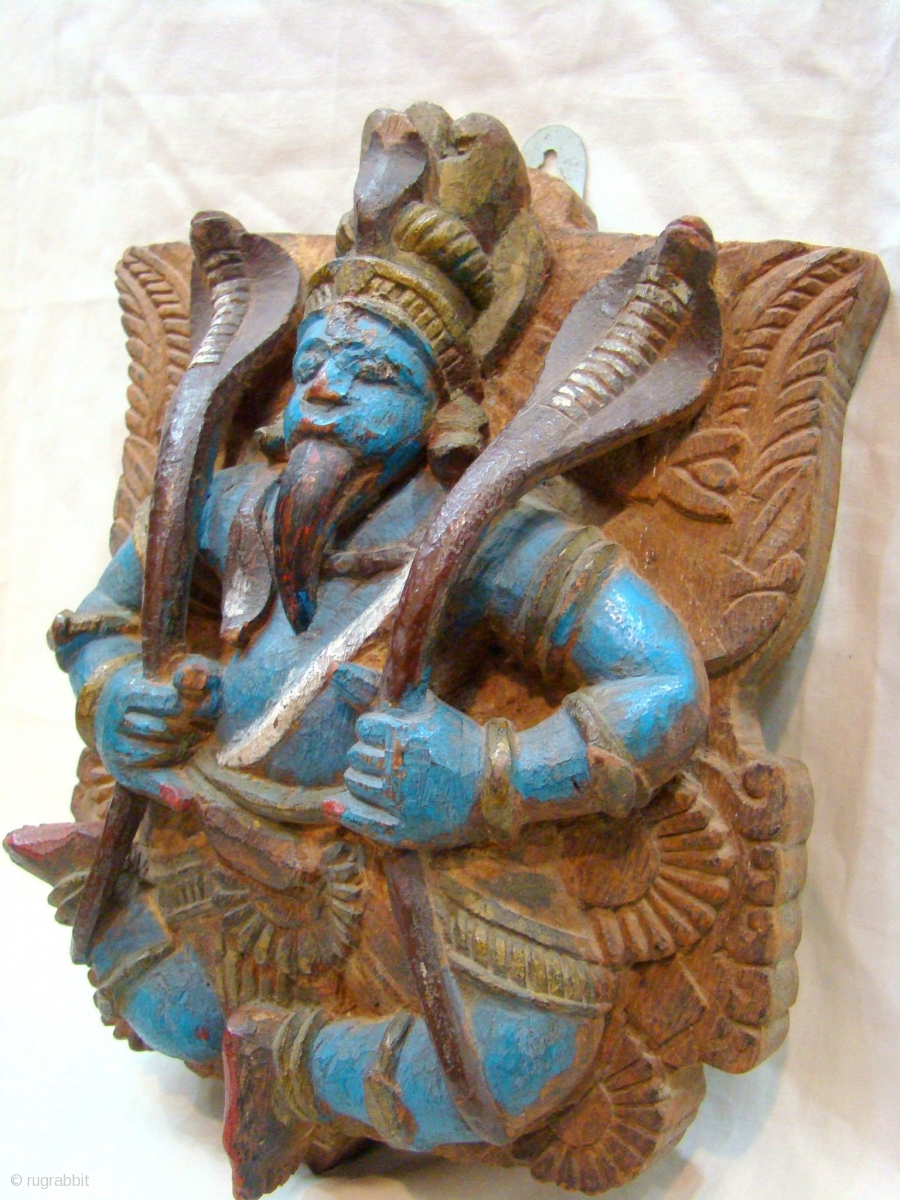

#BRAHMINY KITE PATCH#
The pale patch on the underwing carpal region is of a squarish shape and separated from Buteo buzzards. The juveniles are browner, but can be distinguished from both the resident and migratory races of black kites in Asia by the paler appearance, shorter wings, and rounded tail. The brahminy kite is distinctive and contrastingly coloured, with chestnut plumage except for the white head and breast and black wing tips. flavirostris Condon & Amadon, 1954 – Solomon Islands girrenera (Vieillot, 1822) – New Guinea, Bismarck Archipelago and north Australia intermedius Blyth, 1865 – Malay Peninsula, Greater and Lesser Sunda Islands, Sulawesi and the Philippines The brahminy kite is now placed with the whistling kite in the genus Haliastur that was erected by the English naturalist Prideaux John Selby in 1840. Neither Brisson nor Buffon included a scientific name but in 1783 the Dutch naturalist Pieter Boddaert coined the binomial name Falco indus in his catalogue of the Planches Enluminées. It was also illustrated in a hand-coloured plate engraved by François-Nicolas Martinet in the Planches Enluminées D'Histoire Naturelle which was produced under the supervision of Edme-Louis Daubenton to accompany Buffon's text. The brahminy kite was included by the French polymath Georges-Louis Leclerc, Comte de Buffon in his Histoire Naturelle des Oiseaux. He used the French name L'aigle de Pondichery. In 1760, French zoologist Mathurin Jacques Brisson described and illustrated the Brahminy kite in the first volume of his Oiseaux based on a specimen collected in Pondicherry, India. Adults have a reddish-brown body plumage contrasting with their white head and breast which make them easy to distinguish from other birds of prey. They are found mainly on the coast and in inland wetlands, where they feed on dead fish and other prey. They are found in the Indian subcontinent, Southeast Asia, and Australia. The brahminy kite (Haliastur indus), formerly known as the red-backed sea-eagle in Australia, is a medium-sized bird of prey in the family Accipitridae, which also includes many other diurnal raptors, such as eagles, buzzards, and harriers. Kui Buri elephant watching area - taxi servcice from Hua Hin.Khao Yai - taxi service from/to Pattaya.Khao Yai & Ayutthaya - DIY taxi tour from Bangkok.Khao Yai - 3D/2N DIY taxi tour from Bangkok.Khao Yai - 2D/1N DIY taxi tour from Bangkok.Khao Yai - taxi service from/to Bangkok.Khao Sok - taxi service to/from all nearby towns.Khao Sam Roi Yot - DIY taxi tour from Bangkok.Khao Sam Roi Yot - DIY taxi tour from Hua Hin.

Kaeng Krachan - taxi service from Bangkok.Pala-U Waterfall - DIY taxi tour from Hua Hin.Kaeng Krachan - taxi service from Hua Hin.Erawan Falls/Hellfire Pass - DIY taxi tour.Doi Suthep - DIY taxi tour from Chiang Mai.Doi Inthanon - DIY taxi tour from Chiang Mai.Khao Yai - 1-day wildlife tour with night safari.Erawan Falls, Sai Yok NP & more - 2D/1N raft house.Erawan Falls, Hellfire Pass & historical sites.Doi Inthanon & North Thailand birdwatching.Doi Inthanon & Doi Suthep - 2-days tour.We will move him out of the hospital into a larger enclosure very soon. He had been fed fresh fish, chicken and pork, however his wing muscles are in a bad shape, it will take sometime before he gets the strength back to properly fly. Amazingly his body condition is not as bad as you would as expect after spending years in a tony cage. The cage he had been kept in was clearly not suitable. Ma Ruay, as the previous owner had named him, is around 3 years old. The population is declining, especially in Southeast Asia, owing to loss of habitat, persecution, over-use of pesticides and, possibly, increased human hygiene resulting in reduction of available scraps. This does not mean that this animal is not endangered as its population is still decreasing but is classified as Least Concern due to its extremely large home range. The IUCN Red List of Threatened Species of threatened species lists the Brahminy kite as Least Concern (LC). He spent the next 2 years in a dog carry cage until the owner saw sense and brought him to us. We were informed by the owner that they had found the kite on the ground close to their house when he was a chick and had hand reared him. A few days ago a brahminy kite (Haliastur indus) was brought into the WFFT Wildlife Rescue Centre after the owners felt he needed a more suitable home.


 0 kommentar(er)
0 kommentar(er)
